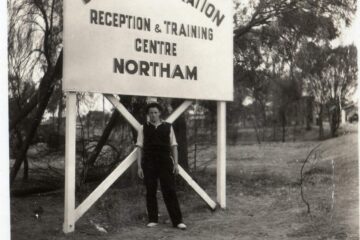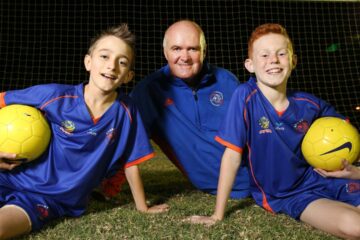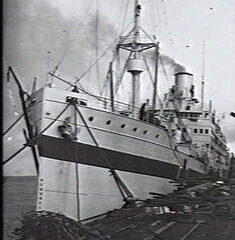Republished with permission. Chapter 20 of the book: A Touch of Dutch. For the full pdf of the book click here.
Jack Verschuren – Dutch Football Pioneer in Northam, Western Australia
Jack Verschuren arrived in Western Australia from the Netherlands in 1954, part of the post-war wave of Dutch migrants seeking new opportunities and a better life. Settling in Northam, a regional centre in the Wheatbelt, Read more…


